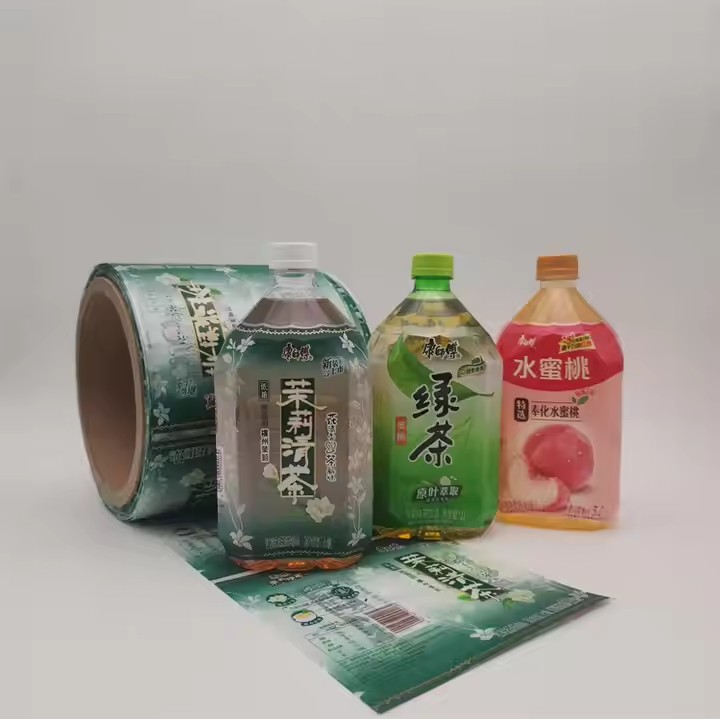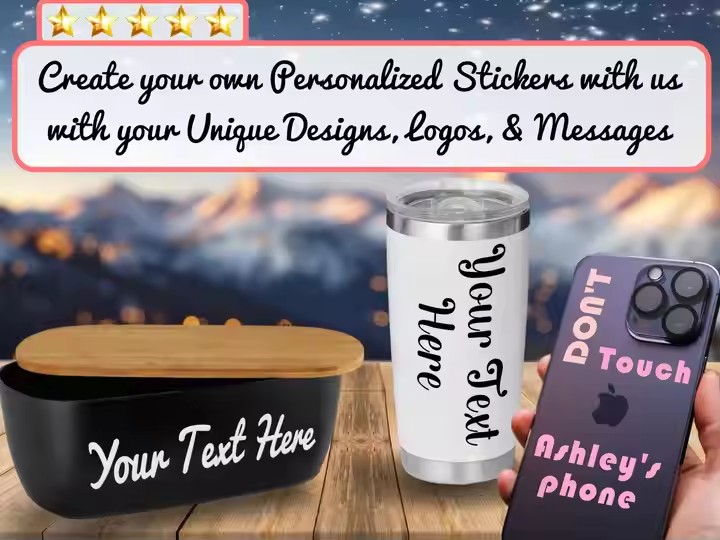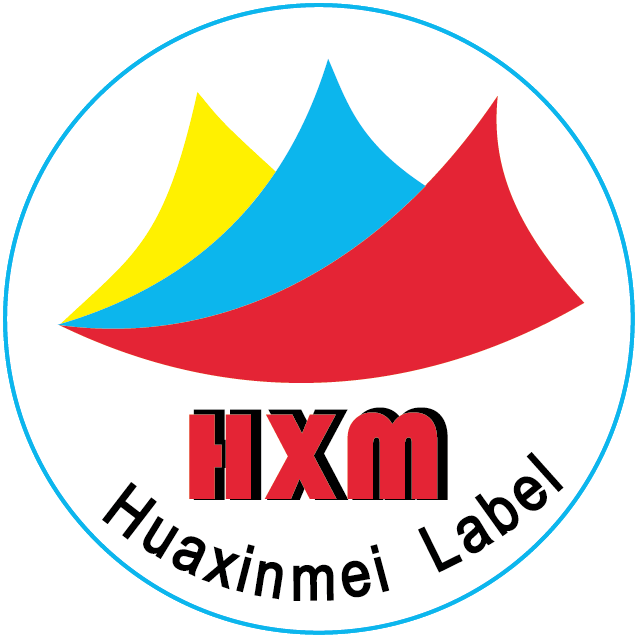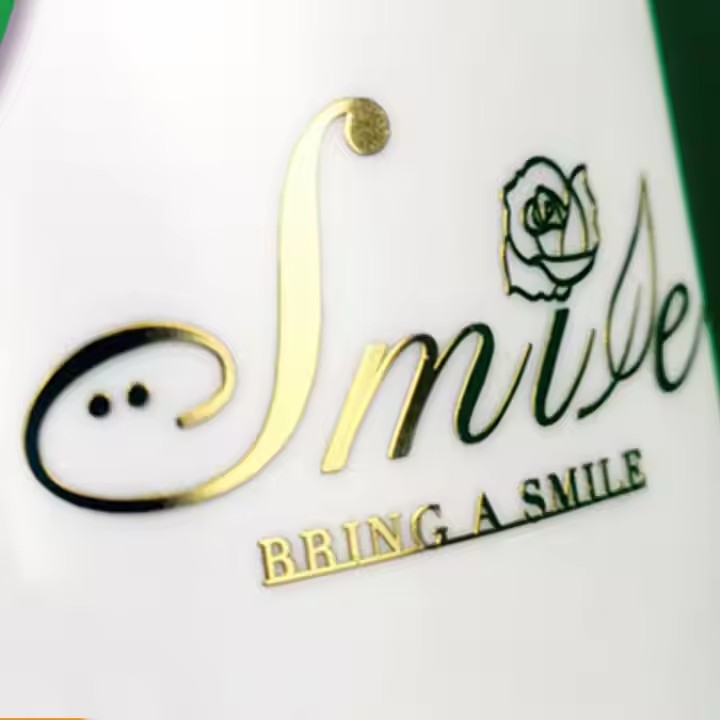The embossing process is an important way to decorate labels. Generally, this embossing is used to enhance the aesthetic appeal and attractiveness. The embossing process first requires design, and then it should be in line with the style of the product. For example, if the label is to be printed on high-end artworks, it needs to have a sense of design and aesthetic taste. Only when high-end products are matched with high-end aesthetics can they hit the customers’ hearts and design products that customers like.
Design and Plate Making
Design: According to the customers’ requirements and the characteristics of the products, use professional graphic design software to design the patterns, texts, and embossing effects of the labels. When designing, consider the depth, shape, distribution of the embossing, and its coordination with the overall style of the label to ensure that the final product can achieve the expected visual effects and functional requirements. Regarding the plate making in the design part, according to the customers’ requirements and after the customers put forward their demands, provide them with better suggestions and serve them well. In this way, customers will come back for future cooperation.
Plate Making: After the design is completed, transfer the files to the plate making equipment to produce embossing molds or printing plates. Common plate making methods include etching plate making and laser plate making. Etching plate making forms an intaglio plate opposite to the design pattern on a metal plate through chemical corrosion, which is suitable for mass production of embossed labels with relatively fine patterns. Laser plate making directly engraves the embossing pattern on the surface of the material using a laser beam, with high precision and strong flexibility, and is suitable for the production of small batches of personalized labels.

Material Selection
Paper: Generally, select papers with a certain thickness and stiffness, such as coated paper and cardboard. Coated paper has a smooth surface and good printing effects, making it suitable for producing high-quality color embossed labels. Cardboard has a harder texture and high stiffness, which can better maintain the shape of the embossing and is often used for making labels with higher strength requirements. When choosing paper, select the one with high flexibility and strength, and choose the paper that is suitable for printing embossing.
Film: Common ones include polyester film (PET), polyvinyl chloride film (PVC), etc. Film materials have the advantages of water resistance, moisture resistance, and wear resistance, and are suitable for label applications in harsh environments. For example, PET film has high transparency and good mechanical properties, and is often used for labels in industries such as electronics and cosmetics. PVC film has good flexibility and low cost, and is widely used in fields such as daily necessities and food. When choosing a film, select the one with high transparency so that the prints on it are relatively clear.
Adhesive: Select the appropriate adhesive according to the usage scenario and the object to which the label is attached. Commonly used adhesives include water-based adhesives, hot-melt adhesives, solvent-based adhesives, etc. Water-based adhesives have good environmental performance and fast drying speed, and are suitable for ordinary paper labels. Hot-melt adhesives are solid at room temperature and become liquid after heating, and can be quickly cured with strong adhesion, often used for film labels and occasions with high requirements for sticking speed. Solvent-based adhesives have strong viscosity and good water resistance, but they have a certain degree of volatility, so pay attention to ventilation when using them. Use the adhesive with strong viscosity, otherwise it will easily fall off and affect the product quality.
Embossing Process
Mechanical Embossing: Completed by an embossing machine. Install the prepared embossing mold on the embossing machine, then place the material between the molds, and form the embossing pattern corresponding to the mold on the surface of the material through mechanical pressure. This method is suitable for large-scale production, with uniform and stable embossing effects and high production efficiency.
Hot Embossing: On the basis of mechanical embossing, heat the mold to make the material more likely to undergo plastic deformation when heated, thus forming a clearer and more three-dimensional embossing pattern. Hot embossing is suitable for some materials with higher requirements for embossing effects, such as plastic films. However, hot embossing requires good control of temperature and pressure parameters to avoid overheating deformation of the material or unsatisfactory embossing effects.
Chemical Embossing: Use chemical reagents to corrode or swell the surface of the material, thus forming an embossing effect. This method can produce very fine patterns, but the process control is more difficult and it has a certain impact on the environment. It is usually used for the production of labels with special requirements, such as electronic labels and anti-counterfeiting labels.

Printing Process
Select the Printing Method: According to the design requirements and production scale of the label, select the appropriate printing method, such as offset printing, flexographic printing, gravure printing, digital printing, etc. Offset printing is suitable for high-quality, multi-color label printing, with high printing precision and good color reproduction. Flexographic printing has the advantages of high flexibility and low cost, and is suitable for the production of short-run and personalized labels. Gravure printing has high printing quality, thick ink layers, and good wear resistance, and is often used for the production of high-end labels in large quantities. Digital printing does not require plate making, can achieve rapid printing and personalized customization, and is suitable for the printing of small batches and multiple varieties of labels.
Printing Content: Print the designed patterns, texts, barcodes and other information onto the embossed material. During the printing process, pay attention to the selection of inks to ensure the compatibility and adhesion between the ink and the material, as well as the accuracy and stability of the color. At the same time, control the printing speed, pressure, and drying conditions to ensure the printing quality.
Post-processing
Die-cutting: According to the shape and size requirements of the label, use a die-cutting machine to cut the printed material into the required shape. Die-cutting can be carried out by flat knife die-cutting or circular knife die-cutting. Flat knife die-cutting is suitable for simple shapes and small batch production, while circular knife die-cutting has high efficiency and is suitable for large-scale and continuous production.


